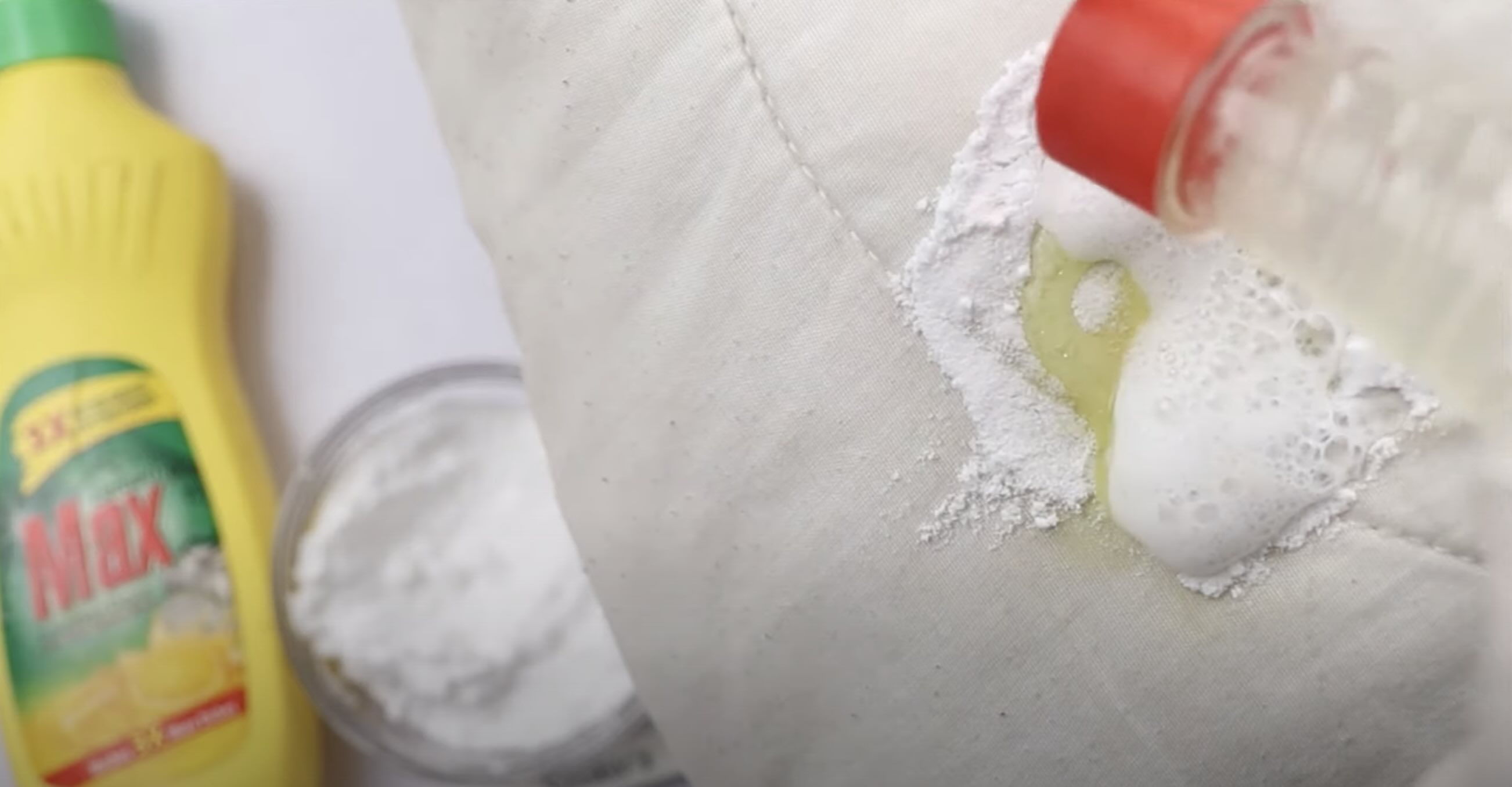

Articles
How To Clean Pillows Without Washing
Modified: February 28, 2024
Discover effective methods on how to clean pillows without washing in this comprehensive article. Keep your pillows fresh and allergen-free with these simple tips.
(Many of the links in this article redirect to a specific reviewed product. Your purchase of these products through affiliate links helps to generate commission for Storables.com, at no extra cost. Learn more)
Introduction
When it comes to keeping our living spaces clean and fresh, we often overlook one essential item – our pillows. Pillows provide us with comfort and support every night, but they can also become breeding grounds for dirt, dust, sweat, and even bacteria over time. Cleaning pillows may seem like a tedious task, especially if your pillow is not machine-washable, but fear not! In this article, we will explore various methods to clean pillows without washing them, allowing you to maintain a healthy and hygienic sleep environment.
Regularly cleaning your pillows is important for several reasons. Firstly, pillows accumulate dead skin cells, oils, and sweat from our bodies as we sleep. These substances not only make our pillows dirty and unhygienic but also attract dust mites and other allergens. Therefore, cleaning pillows can help alleviate allergies and improve overall sleep quality.
Furthermore, neglecting to clean your pillows can lead to the development of unpleasant odors. The accumulation of moisture and bacteria can create a musty smell that can be difficult to eliminate. By cleaning your pillows regularly, you can ensure they remain fresh and odor-free.
Lastly, cleaning pillows can also help prolong their lifespan. Regular maintenance can prevent the buildup of stains and dirt, which can lead to the deterioration of pillow materials over time. By implementing simple cleaning techniques, your pillows can stay in excellent condition for longer, saving you money in the long run.
Now that we understand the importance of cleaning pillows, let’s explore the various methods you can use to clean them without the need for washing machines or hand washing.
Key Takeaways:
- Regularly cleaning pillows without washing can promote better sleep, reduce allergies, eliminate odors, prolong pillow lifespan, and improve overall hygiene, contributing to a clean and healthy sleep environment.
- Alternative methods such as vacuuming, spot cleaning, using baking soda, steam, sunning, and fabric fresheners offer effective ways to keep pillows fresh, free from dirt and odors, and prolong their lifespan without the need for washing.
Why Clean Pillows?
Cleaning pillows regularly is not just a matter of hygiene but also essential for your overall health and well-being. Here are a few compelling reasons why you should prioritize cleaning your pillows:
- Promotes Better Sleep: Your pillow is where you rest your head every night, and a dirty pillow can have a negative impact on your sleep quality. Dust mites, allergens, and bacteria can accumulate on your pillow’s surface, triggering allergies and respiratory issues that can disrupt your sleep. By keeping your pillows clean, you ensure a cleaner sleeping environment, which can help you sleep more soundly and wake up feeling refreshed.
- Reduces Allergies: Dust mites are one of the most common allergens found in pillows. These microscopic creatures thrive in warm, humid environments and feed on dead skin cells. Over time, they can multiply and cause allergies such as sneezing, coughing, and itchy eyes. Regularly cleaning your pillows can help reduce the presence of dust mites and minimize allergy symptoms.
- Eliminates Odors: Over time, pillows can develop unpleasant odors due to sweat, body oils, and other impurities. These odors can be particularly noticeable if you have a tendency to sweat heavily at night. By cleaning your pillows, you can effectively eliminate these odors and create a fresher sleeping environment.
- Prolongs Pillow Lifespan: Your pillows go through a lot each night, absorbing sweat, oils, and dead skin cells. The accumulation of these substances can lead to the degradation of pillow materials over time. Regularly cleaning your pillows helps remove these impurities, preventing stains and prolonging the lifespan of your pillows.
- Improves Overall Hygiene: Keeping your pillows clean is an integral part of maintaining good personal hygiene. By regularly cleaning your pillows, you minimize the risk of bacterial and fungal growth, ensuring that you sleep in a clean and healthy environment.
Now that you understand why it’s important to clean your pillows, let’s explore some effective methods to clean them without washing.
Methods to Clean Pillows without Washing
Not all pillows can be safely washed in a washing machine, especially those with delicate materials or special filling. However, there are several alternative methods you can use to effectively clean your pillows without the need for washing. Let’s explore these methods:
- Vacuuming: Start by vacuuming the surface of your pillows to remove dust, dirt, and dead skin cells. Use a vacuum cleaner with a brush attachment and gently run it over the pillow’s surface. Pay special attention to the seams and corners to ensure a thorough clean.
- Spot Cleaning: For small stains or spills, you can spot clean your pillows using a mild detergent or stain remover. Mix a small amount of detergent with warm water, apply it to the stained area using a clean cloth or sponge, and gently blot the stain. Avoid saturating the pillow, as excessive moisture can lead to mildew or damage the filling.
- Using Baking Soda: Baking soda is a natural and effective deodorizer. Sprinkle a generous amount of baking soda over your pillows, making sure to cover the entire surface. Allow the baking soda to sit for a few hours or overnight to absorb odors, then vacuum it off using a brush attachment. This method not only removes odors but also helps freshen up your pillows.
- Using Steam: Steam can effectively kill dust mites, bacteria, and other allergens present in your pillows. Fill a handheld steamer with water and run it over the surface of your pillows, holding it a few inches away to avoid saturating them. Move the steamer slowly to ensure thorough coverage. After steaming, allow the pillows to air dry completely before using them again.
- Sunning the Pillows: Sunlight is a natural disinfectant and can help freshen up your pillows. On a sunny day, place your pillows outside in direct sunlight for a few hours. This method helps kill bacteria and removes any moisture that may be present. Be sure to flip them over to expose both sides to the sun. However, avoid leaving them in direct sunlight for extended periods, as it can fade certain materials.
- Using a Fabric Freshener: Fabric fresheners can help eliminate odors and impart a pleasant scent to your pillows. Choose a fabric freshener that is suitable for your pillows’ materials and spray a light mist over the surface. Allow the freshener to dry completely before using the pillows. Be sure to follow the instructions on the freshener and test it on a small, inconspicuous area before applying it to the entire pillow.
By utilizing these methods, you can keep your pillows clean, fresh, and free from allergens without the need for washing machines or hand washing. Remember to check the care instructions provided by the pillow manufacturer to ensure you choose the appropriate cleaning method for your specific type of pillow.
Now, you can enjoy a clean and hygienic sleep environment by implementing these simple cleaning techniques.
Method 1: Vacuuming
Vacuuming your pillows is an effective method to remove dust, dirt, and allergens that accumulate on the surface. It’s a simple yet powerful way to keep your pillows clean and fresh. Here’s how you can vacuum your pillows:
- Prepare your vacuum cleaner: Ensure that your vacuum cleaner is equipped with a clean brush attachment. This attachment is designed to gently remove debris from delicate surfaces without damaging them.
- Remove pillowcases and pillow protectors: Start by taking off any pillowcases or protective covers from your pillows. This allows you to have direct access to the pillow’s surface.
- Vacuum the pillows: Hold the brush attachment near the surface of the pillow and move it in gentle, back-and-forth motions. Cover the entire surface of the pillow, paying extra attention to the seams and corners where dust and dirt tend to accumulate. Ensure that you use light pressure to avoid damaging the pillow’s outer fabric.
- Flip and repeat: Once you have vacuumed one side of the pillow, flip it over and repeat the process on the other side. This ensures that you remove as much debris as possible from all areas of the pillow.
- Focus on the seams: In addition to vacuuming the pillow’s surface, make sure to pay special attention to the seams. Dust and dirt can settle in these crevices, so gently run the brush attachment along the seams to remove any trapped particles.
- Reinstall pillowcases and protectors: Once you’ve finished vacuuming the pillows, reattach the pillowcases or protective covers. This step helps keep your pillows clean and protected from future dirt and stains.
Regularly vacuuming your pillows not only helps remove surface dirt but also eliminates allergens that can cause allergies or breathing difficulties. Aim to vacuum your pillows every few weeks or as needed, depending on your individual preferences and how quickly they accumulate dirt.
Vacuuming is a quick and straightforward method to maintain the cleanliness and hygiene of your pillows without the need for extensive washing. It’s an excellent option for pillows that are not machine-washable or have delicate materials.
Remember, it’s essential to follow the care instructions provided by the pillow manufacturer to ensure that vacuuming is appropriate for your specific type of pillow. By incorporating regular vacuuming into your cleaning routine, you can enjoy fresh, allergen-free pillows for a restful night’s sleep.
Method 2: Spot Cleaning
Spot cleaning is a handy method to address small stains or spills on your pillows without the need for a full wash. It allows you to target specific areas and effectively remove stains without damaging the pillow’s materials. Here’s how you can spot clean your pillows:
- Identify the stain: Take a close look at the stain and determine its source. Common pillow stains include sweat, oil, makeup, or food spills. Identifying the stain can help you choose the appropriate cleaning solution and method.
- Pre-treat the stain: Before applying any cleaning solution, gently blot the stained area with a clean cloth or paper towel to remove excess moisture. Avoid rubbing the stain, as it can push it deeper into the fabric or spread it further.
- Prepare a cleaning solution: Mix a small amount of mild detergent or stain remover with warm water in a clean bowl or container. Follow the instructions on the detergent or stain remover for the appropriate dilution ratio. Alternatively, you can use a mixture of equal parts water and white vinegar for a natural cleaning solution.
- Apply the cleaning solution: Dip a clean cloth or sponge into the cleaning solution and wring out any excess moisture. Gently dab the stained area with the cloth or sponge, working from the outside of the stain towards the center. Avoid applying excessive pressure to prevent spreading the stain or damaging the pillow’s filling.
- Blot the stain: After applying the cleaning solution, use a clean, dry cloth or paper towel to blot the stained area. This helps absorb the moisture and lift the stain from the fabric. Continue blotting until you no longer see any transfer of the stain onto the cloth.
- Allow to dry: Once you’ve removed the stain, allow the spot-cleaned area to air dry completely. It’s important to ensure that the pillow is thoroughly dry before using it again to prevent the growth of mold or mildew.
If the stain persists after spot cleaning, you may need to repeat the process or consider using a specialized stain remover that is safe for the pillow’s materials. Always refer to the care instructions provided by the manufacturer to ensure that spot cleaning is suitable for your particular type of pillow.
Spot cleaning is a convenient way to address isolated stains on your pillows without having to wash the entire pillow. By acting promptly and using the right cleaning solutions, you can effectively remove stains and keep your pillows looking clean and fresh.
Remember, prevention is also key to maintaining stain-free pillows. Using pillow protectors or pillowcases can help shield your pillows from spills, sweat, and oils, making spot cleaning easier and reducing the frequency of thorough cleaning.
To clean pillows without washing, sprinkle baking soda on the pillow, let it sit for 30 minutes, then vacuum it off. This will help remove odors and freshen the pillows.
Method 3: Using Baking Soda
Baking soda is a versatile and all-natural cleaning agent that can effectively freshen up your pillows and eliminate odors. It acts as a natural deodorizer and helps absorb moisture and impurities. Here’s how you can use baking soda to clean your pillows:
- Gather your supplies: You will need baking soda, a clean brush, and a vacuum cleaner with a brush attachment.
- Remove pillowcases and protective covers: Start by taking off any pillowcases or protective covers from your pillows. This allows you to have direct access to the pillow’s surface.
- Apply baking soda: Sprinkle a generous amount of baking soda over the surface of the pillow. Make sure to cover the entire pillow, including the corners and edges. Baking soda has excellent odor-absorbing properties and will help neutralize any odors trapped in the pillow’s fabric.
- Let it sit: Allow the baking soda to sit on the pillow for a few hours or overnight. During this time, the baking soda will absorb odors and any excess moisture present in the pillow.
- Vacuum the baking soda: After the desired amount of time has passed, use a vacuum cleaner with a brush attachment to thoroughly vacuum the baking soda off the pillow’s surface. The vacuum will help remove any absorbed odors and debris, leaving your pillow fresh and clean.
- Air dry and fluff: Once you have vacuumed off the baking soda, allow the pillow to air dry completely before using it again. Additionally, give the pillow a good fluffing to redistribute any filling that may have shifted during the process.
Baking soda is an excellent option for refreshing and deodorizing pillows that cannot be washed. It’s particularly useful for pillows with delicate materials or those that are not machine-washable.
For pillows with stubborn odors, you can repeat the process or leave the baking soda on the pillow for longer to allow for more thorough odor absorption. However, avoid leaving baking soda on pillows made of sensitive fabrics or materials that may be affected by moisture, such as down or memory foam pillows.
By regularly using baking soda to freshen up your pillows, you can keep them free from unpleasant odors and maintain a clean and inviting sleeping environment.
Method 4: Using Steam
Steam cleaning is a highly effective method for deep cleaning and sanitizing pillows without the need for washing. Steam can help kill germs, dust mites, and allergens, leaving your pillows fresh and hygienic. Here’s how you can use steam to clean your pillows:
- Prepare a handheld steamer: Fill a handheld steamer with water according to the manufacturer’s instructions. Ensure that the steamer is in good working condition and has a suitable attachment for fabric surfaces.
- Remove pillowcases and protective covers: Begin by taking off any pillowcases or protective covers from your pillows. This allows you to expose the pillow’s surface to the steam for effective cleaning.
- Steam the pillows: Hold the handheld steamer a few inches away from the surface of the pillow and move it slowly in sweeping motions. Ensure that you cover the entire surface of the pillow, including the corners and edges. The steam will penetrate the fabric and help kill bacteria, dust mites, and other allergens present.
- Air dry completely: After steam cleaning, allow the pillows to air dry completely. Place them in a well-ventilated area or outdoors, ensuring they are not exposed to direct sunlight or excessive moisture. It’s important to ensure that the pillows are thoroughly dry before using them again to prevent the growth of mold or mildew.
Steam cleaning is an efficient method for eliminating germs and allergens from your pillows, making it especially beneficial for individuals with allergies or respiratory sensitivities. The high temperature of the steam effectively sanitizes the surface without the need for washing or using harsh chemicals.
Remember to always follow the instructions provided by the pillow manufacturer to ensure that steam cleaning is suitable for your specific type of pillow. Some pillows, such as those with sensitive filling materials or intricate designs, may not be suitable for steam cleaning.
By incorporating steam cleaning into your pillow maintenance routine, you can enjoy clean, fresh, and bacteria-free pillows that contribute to a healthier sleep environment.
Method 5: Sunning the Pillows
Sunning your pillows is a natural and effective method to freshen them up and eliminate odors. Sunlight acts as a natural disinfectant, helping to kill bacteria and deodorize your pillows. Here’s how you can sun your pillows:
- Choose a sunny day: Select a sunny day when the weather is dry, and the sun is shining brightly. This will ensure that your pillows receive maximum exposure to sunlight.
- Remove pillowcases and protective covers: Start by taking off any pillowcases or protective covers from your pillows. This allows the sunlight to directly reach the pillow’s surface and provide effective cleaning.
- Place pillows in a sunny spot: Find a suitable outdoor area where you can place your pillows to receive direct sunlight. It could be a clean and dry surface like a patio, deck, or even a clothesline. Ensure the area is well-ventilated and free from dirt or debris.
- Position pillows for maximum exposure: Lay the pillows flat or prop them upright, depending on their size and shape. Flipping the pillows occasionally during the sunning process will ensure both sides receive equal sunlight exposure.
- Leave pillows to sunbathe: Allow the pillows to bask in the sunlight for several hours. The duration will depend on the intensity of the sunlight and your personal preference. However, avoid leaving them out for extended periods, as overexposure to sunlight can fade or damage certain pillow materials.
- Inspect and fluff: After sunning, check the pillows for any remaining dirt or debris. Use a clean brush or your hands to gently fluff and remove any particles that may have settled on the pillow’s surface during the process.
Sunning your pillows not only helps eliminate odors but also reduces moisture buildup and can discourage the growth of bacteria and mold. The natural sunlight acts as a powerful disinfectant, making sunning an eco-friendly and cost-effective cleaning method.
It’s important to note that while sunning can be beneficial for most pillows, some delicate or sensitive materials may be prone to damage or fading when exposed to direct sunlight. Always refer to the care instructions provided by the pillow manufacturer to ensure that sunning is suitable for your specific type of pillow.
By incorporating regular sunning into your pillow maintenance routine, you can enjoy fresh, naturally sanitized pillows that contribute to a clean and healthy sleep environment.
Method 6: Using a Fabric Freshener
A fabric freshener is a convenient and effective method for refreshing your pillows and keeping them smelling clean and pleasant. It helps eliminate odors and adds a fresh scent to your pillows. Here’s how you can use a fabric freshener to revive your pillows:
- Pick a suitable fabric freshener: Choose a fabric freshener that is specifically designed for use on pillows and is safe for the pillow’s materials. Look for a product that contains natural ingredients and has a pleasant scent that you enjoy.
- Prepare the pillows: Remove any pillowcases or covers from your pillows, allowing direct access to the fabric surface.
- Shake the fabric freshener: Give the fabric freshener bottle a good shake to ensure the ingredients are well mixed.
- Spray the fabric freshener: Hold the fabric freshener bottle a few inches away from the pillow and lightly mist the surface. Be sure to cover the entire pillow, including the corners and edges. Avoid saturating the fabric, as excessive moisture can lead to dampness or damage the pillow’s filling.
- Allow the pillows to dry: After spraying, leave the pillows to air dry completely. This typically takes a few hours, depending on the fabric freshener and the room’s temperature and humidity levels.
- Reinstall the pillowcases or covers: Once the pillows are thoroughly dry, you can put the pillowcases or covers back on. This step not only adds an additional layer of protection but also helps prolong the fresh scent.
Using a fabric freshener is a quick and convenient way to refresh your pillows and keep them smelling pleasant between washes. It’s particularly useful for pillows that cannot be washed or those that need a quick pick-me-up in terms of scent.
Remember to follow the instructions provided by the fabric freshener manufacturer for the best results. Additionally, it’s advisable to test the fabric freshener on a small, inconspicuous area of the pillow first to ensure that it does not cause any staining or discoloration.
By incorporating fabric fresheners into your pillow care routine, you can enjoy fresh, fragrant pillows that contribute to a delightful sleeping experience.
Conclusion
Cleaning your pillows is essential for maintaining a clean, healthy, and inviting sleep environment. While not all pillows are suitable for machine washing or hand washing, there are numerous effective methods to clean them without the need for washing. By implementing these methods, you can keep your pillows fresh, free from dirt and odors, and prolong their lifespan.
In this article, we explored various methods for cleaning pillows without washing. We discussed the importance of cleaning pillows, including promoting better sleep, reducing allergies, eliminating odors, prolonging pillow lifespan, and improving overall hygiene.
From vacuuming and spot cleaning to using baking soda, steam, sunning, and fabric fresheners, there are multiple approaches to choose from based on the specific needs of your pillows and your personal preferences. Vacuuming helps remove surface dirt and debris, spot cleaning targets small stains and spills, baking soda acts as a natural deodorizer, steam kills germs and allergens, sunning utilizes natural sunlight to disinfect, and fabric fresheners add a pleasant scent to your pillows.
Remember to always check the care instructions provided by the pillow manufacturer to ensure that the chosen cleaning method is safe and suitable for your particular type of pillow.
Incorporating these cleaning techniques into your regular pillow maintenance routine can significantly improve the cleanliness and freshness of your pillows. Not only will this contribute to better sleep and overall well-being, but it will also prolong the lifespan of your pillows, saving you money in the long run.
So, take the time to clean and rejuvenate your pillows using these alternative methods. Your pillows will thank you by providing you with a clean, comfortable, and rejuvenating sleep experience night after night.
Frequently Asked Questions about How To Clean Pillows Without Washing
Was this page helpful?
At Storables.com, we guarantee accurate and reliable information. Our content, validated by Expert Board Contributors, is crafted following stringent Editorial Policies. We're committed to providing you with well-researched, expert-backed insights for all your informational needs.
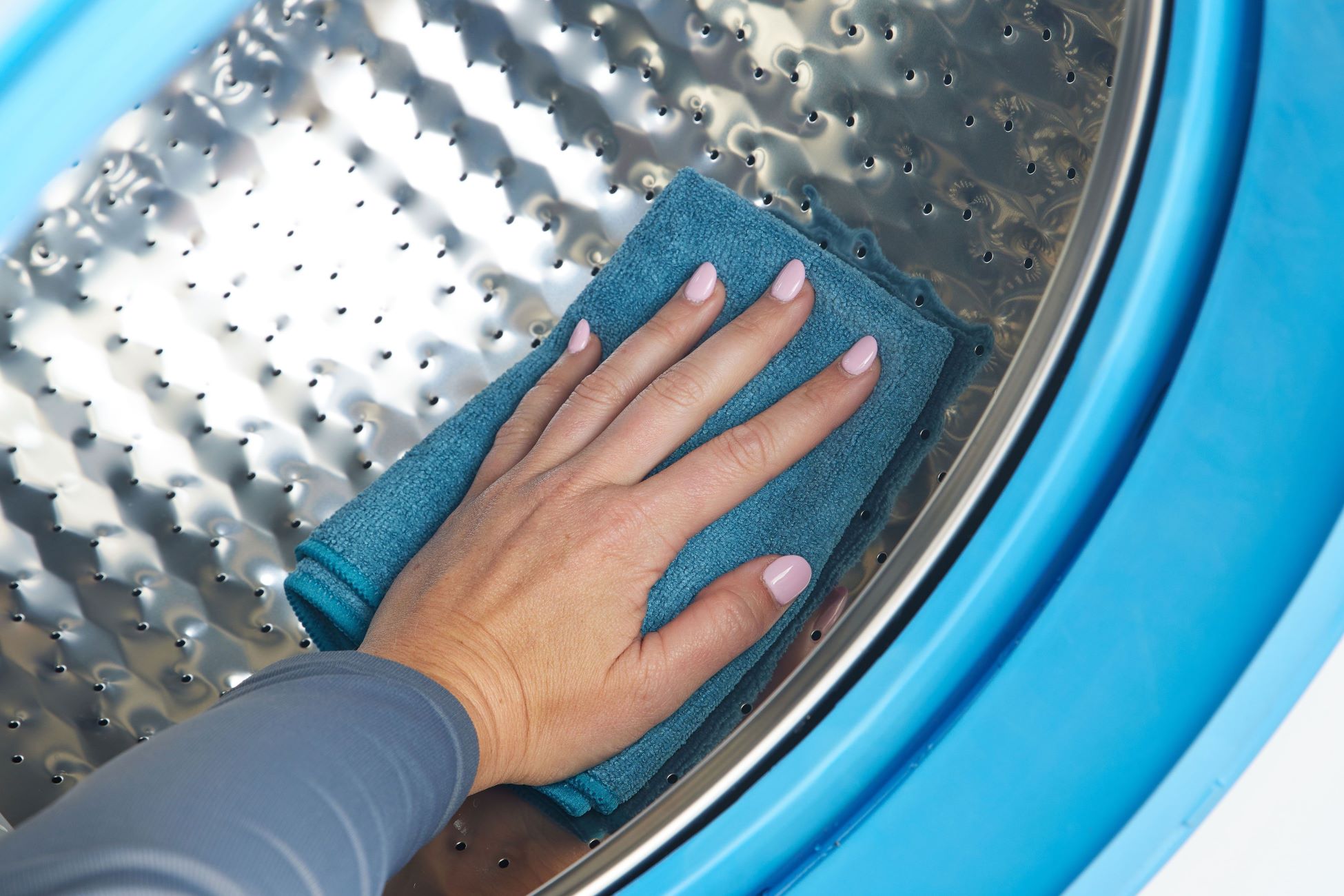
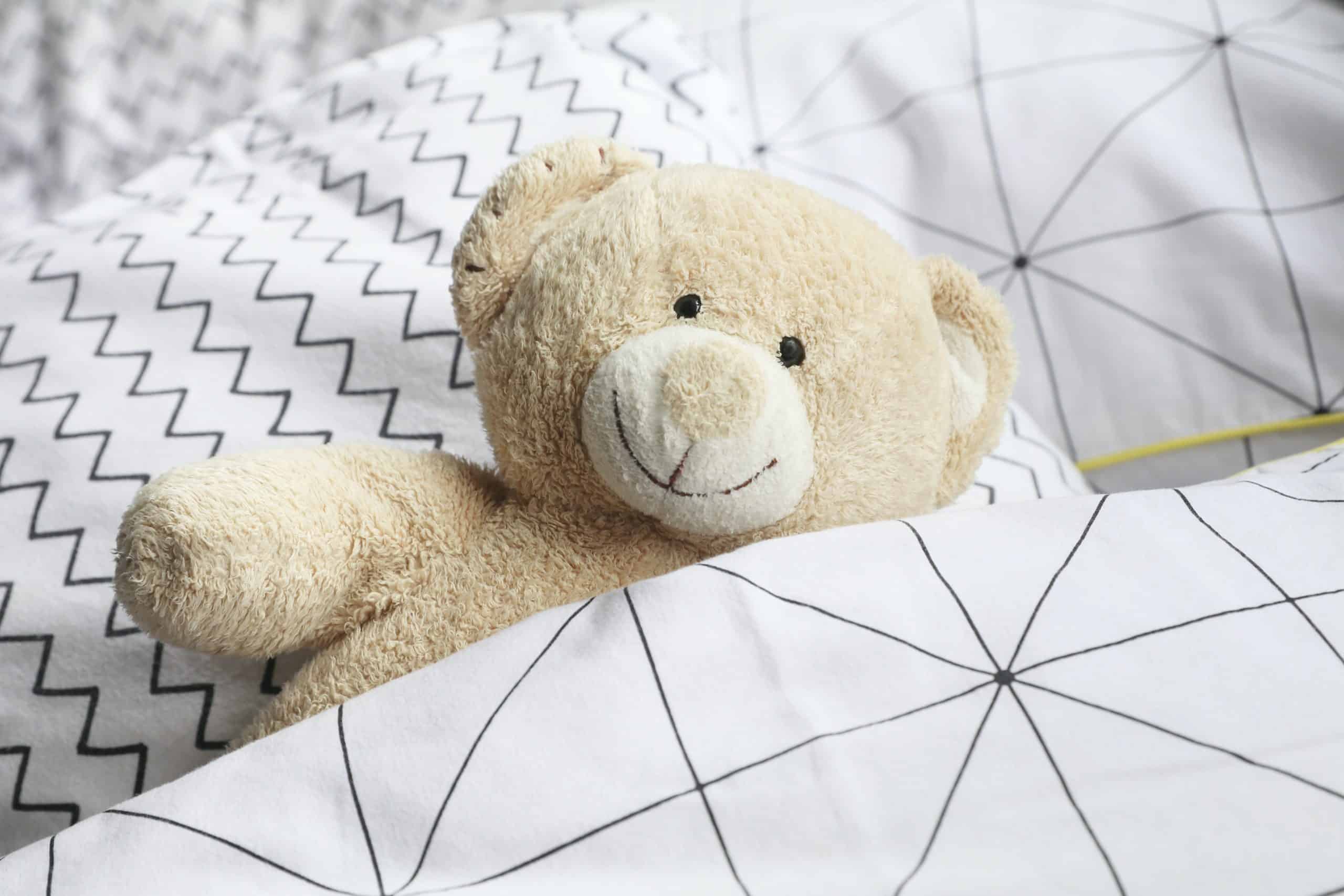
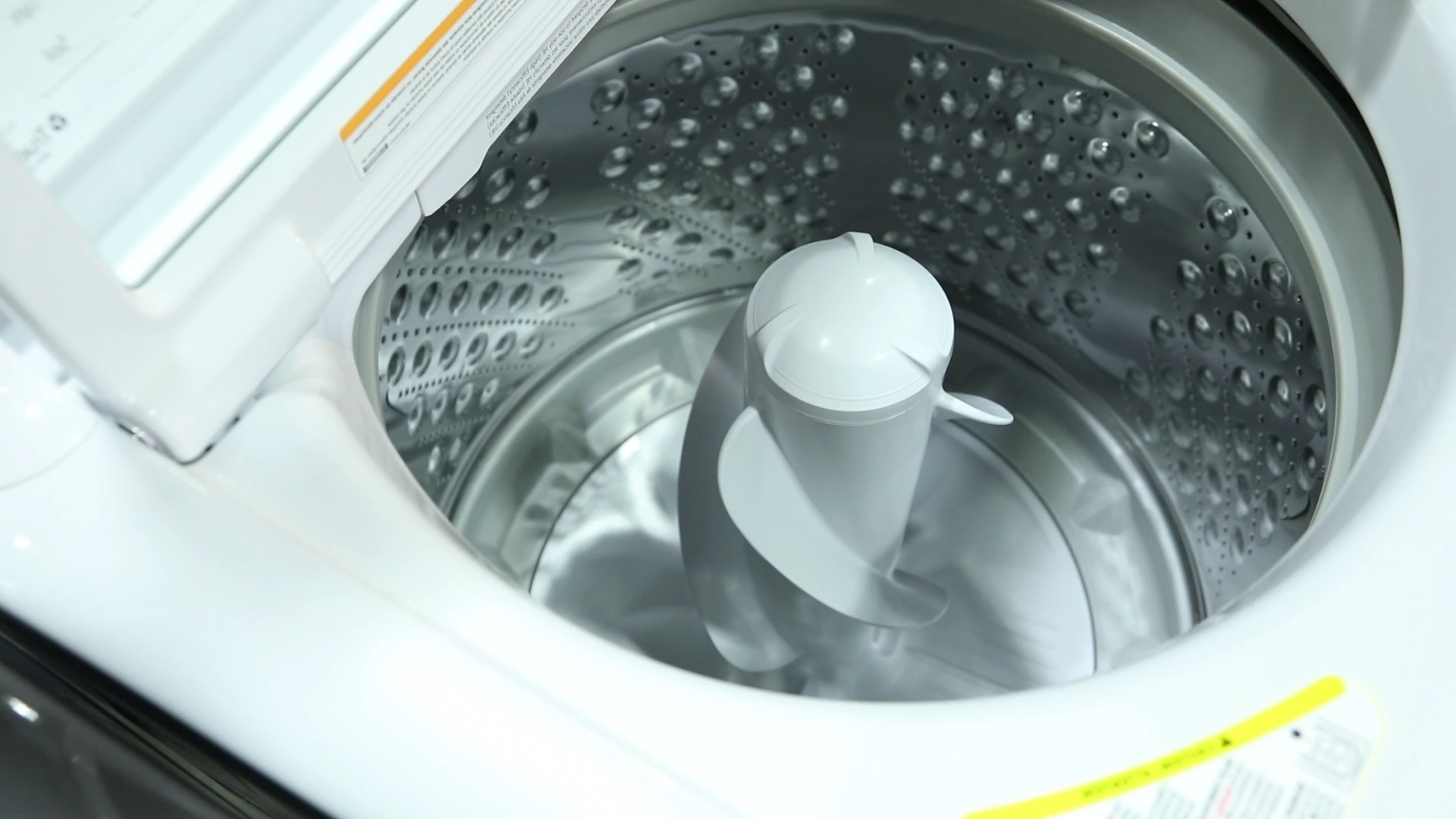
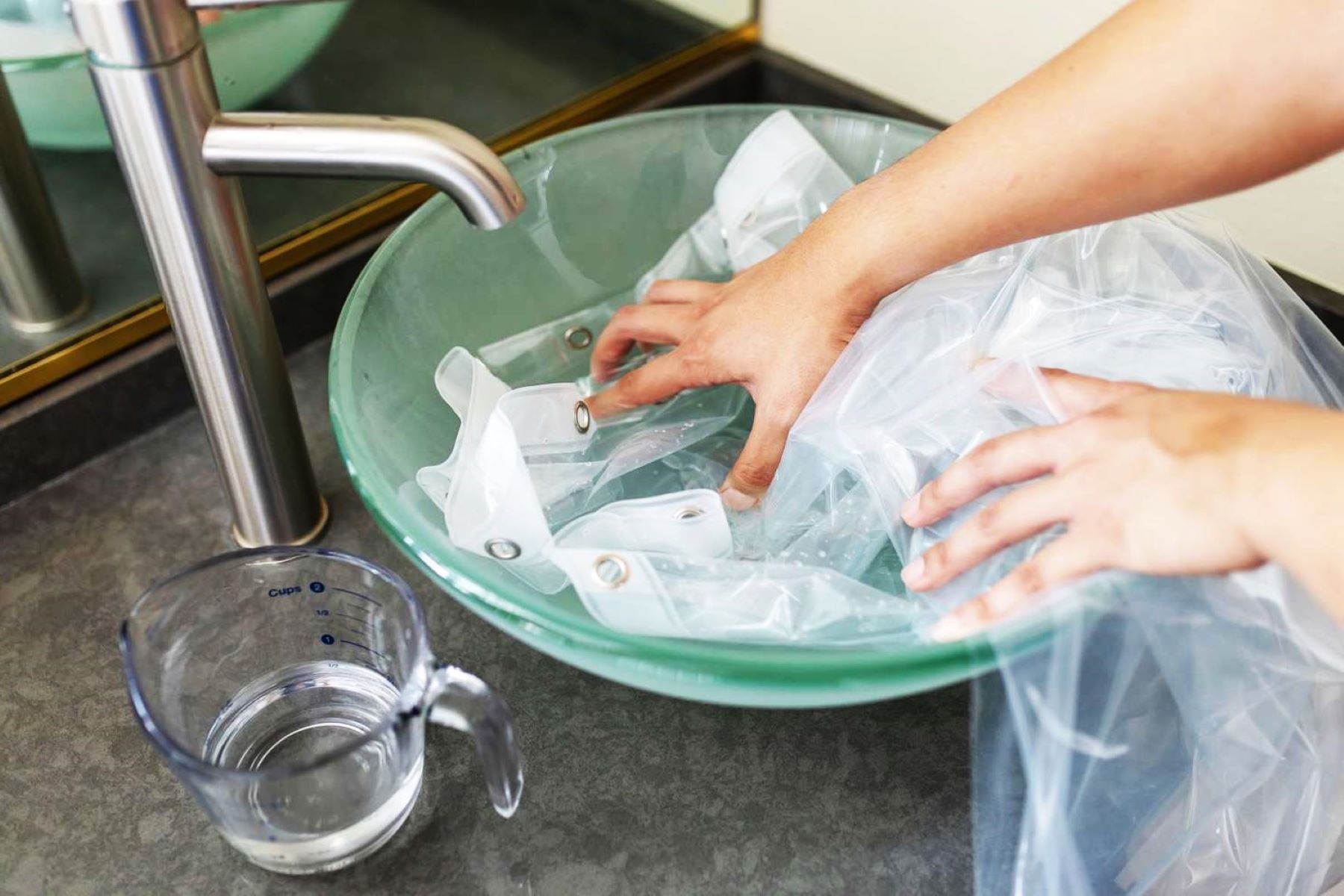
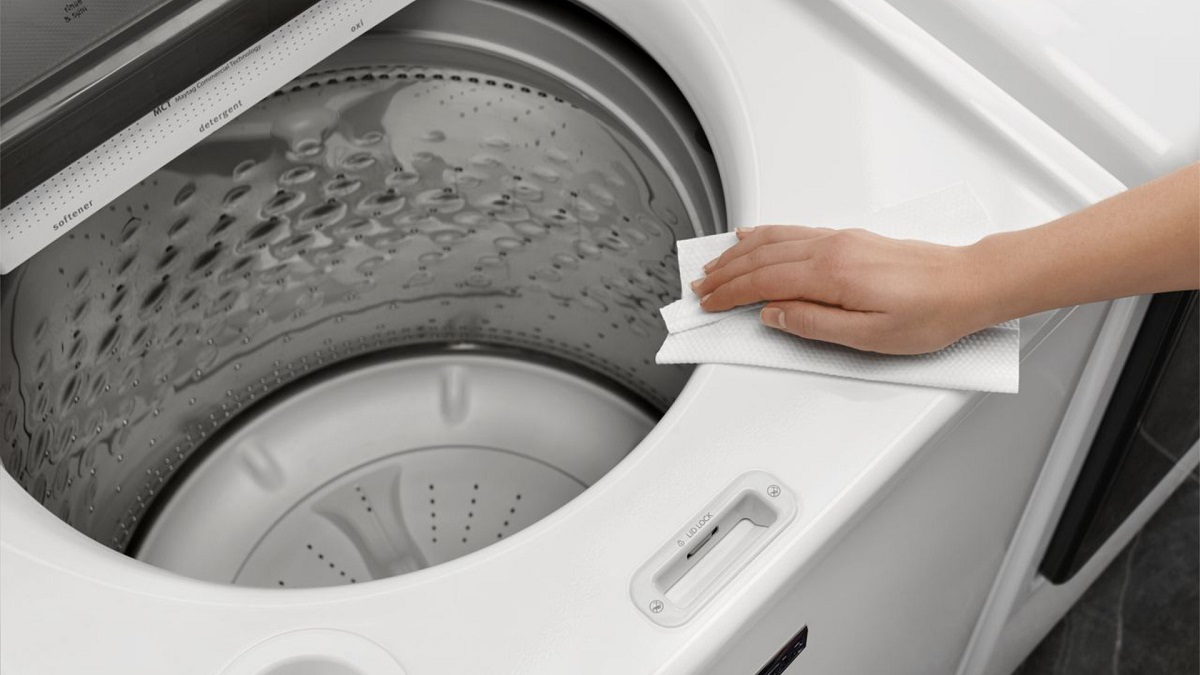

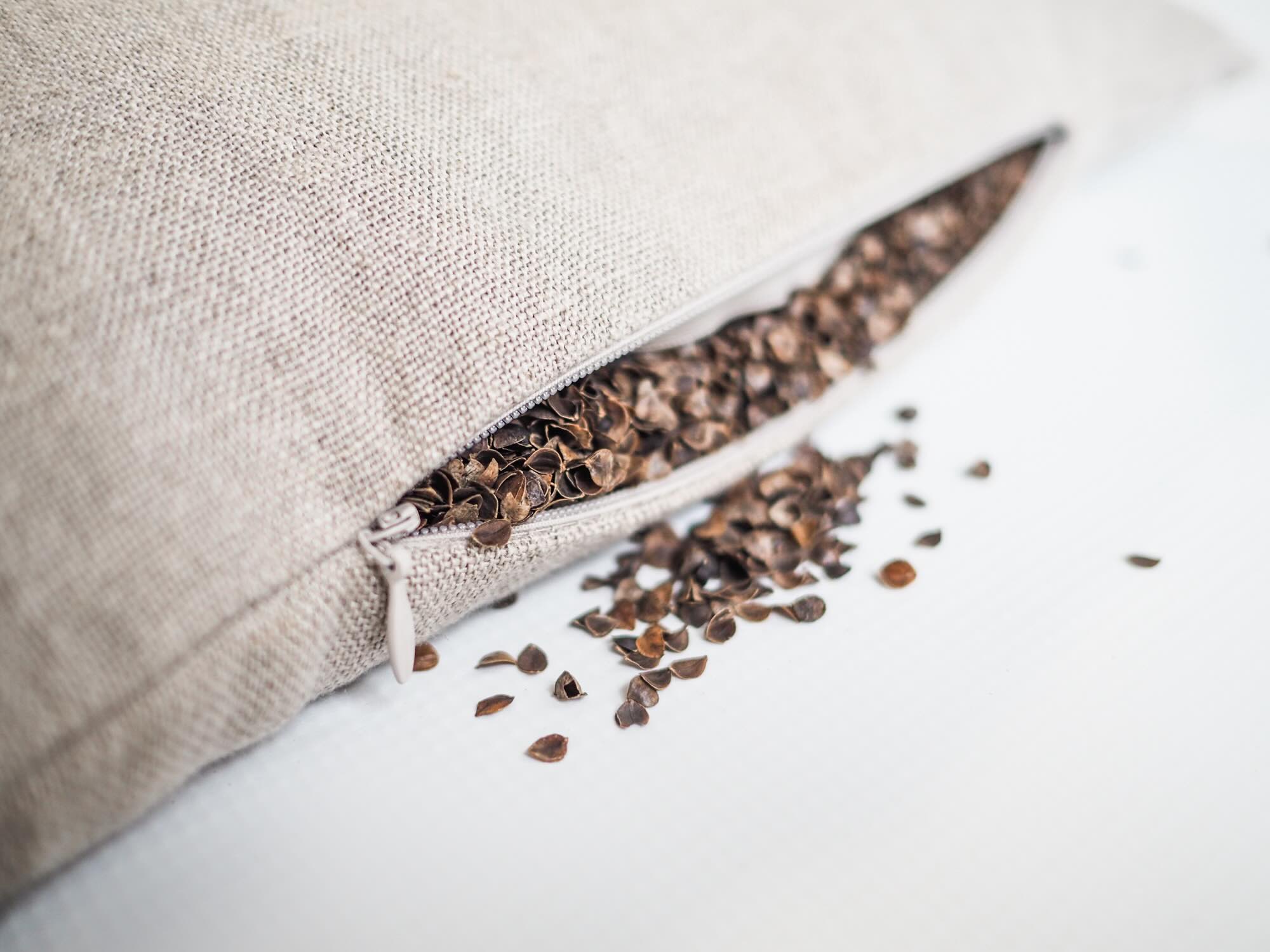
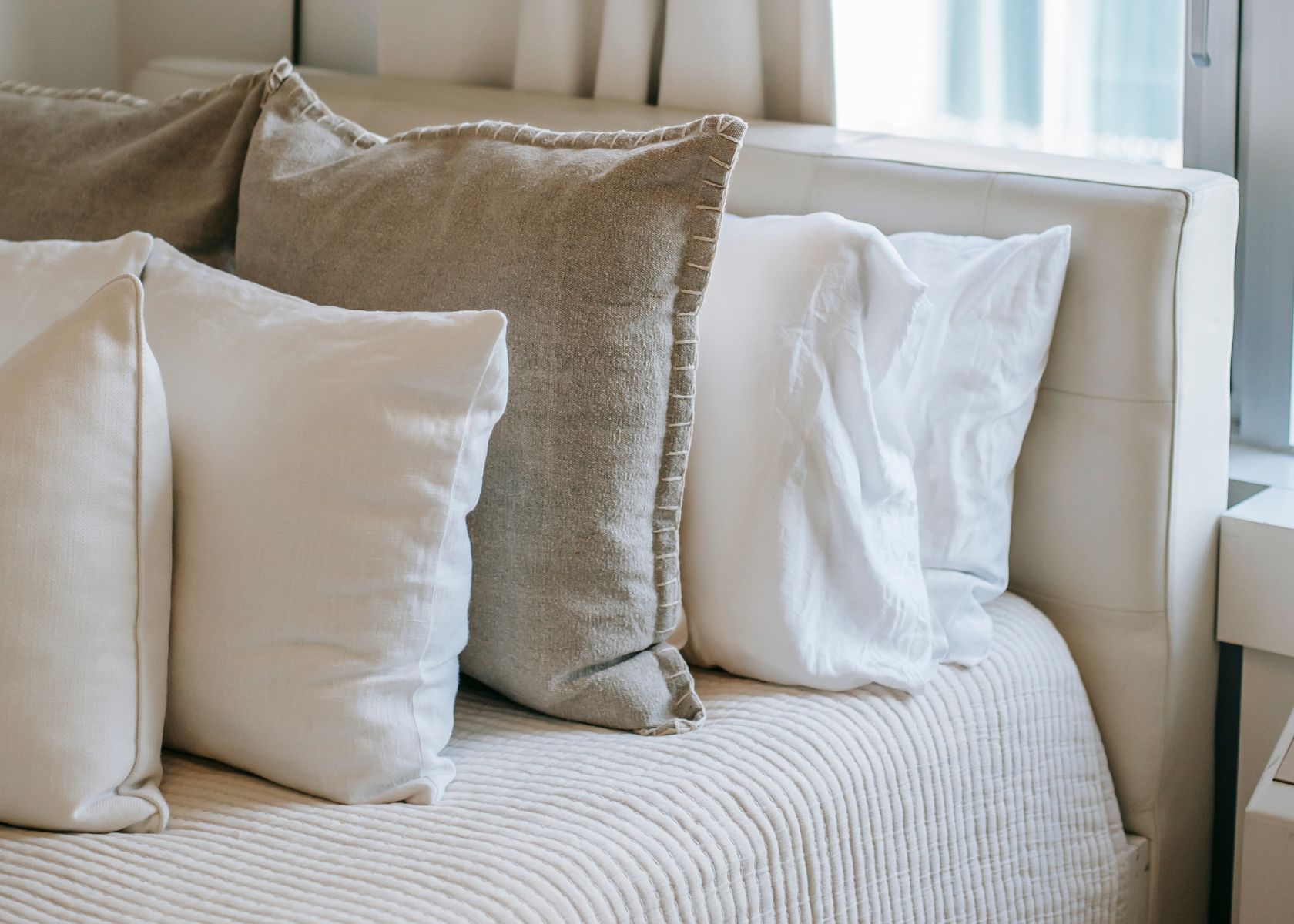
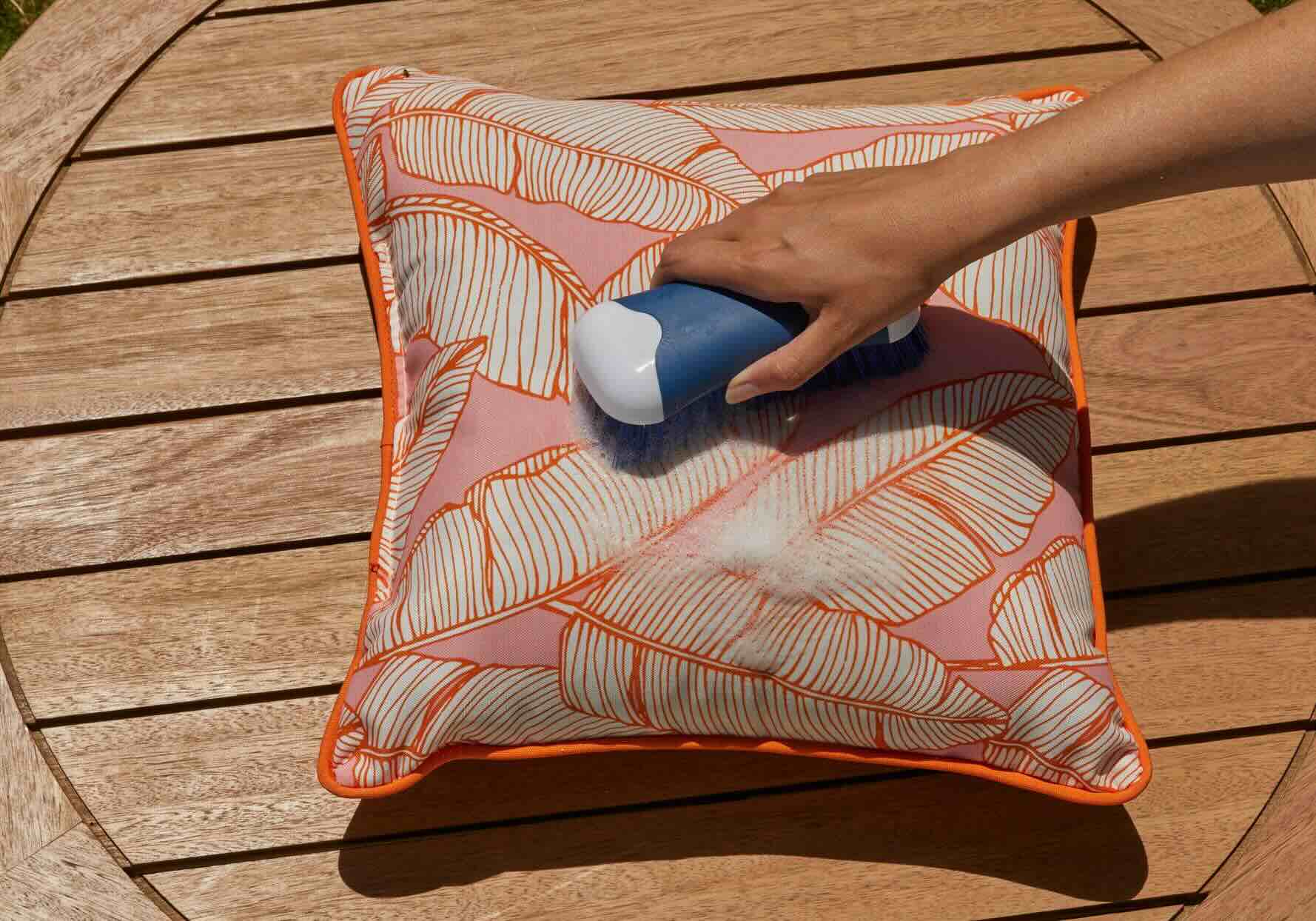
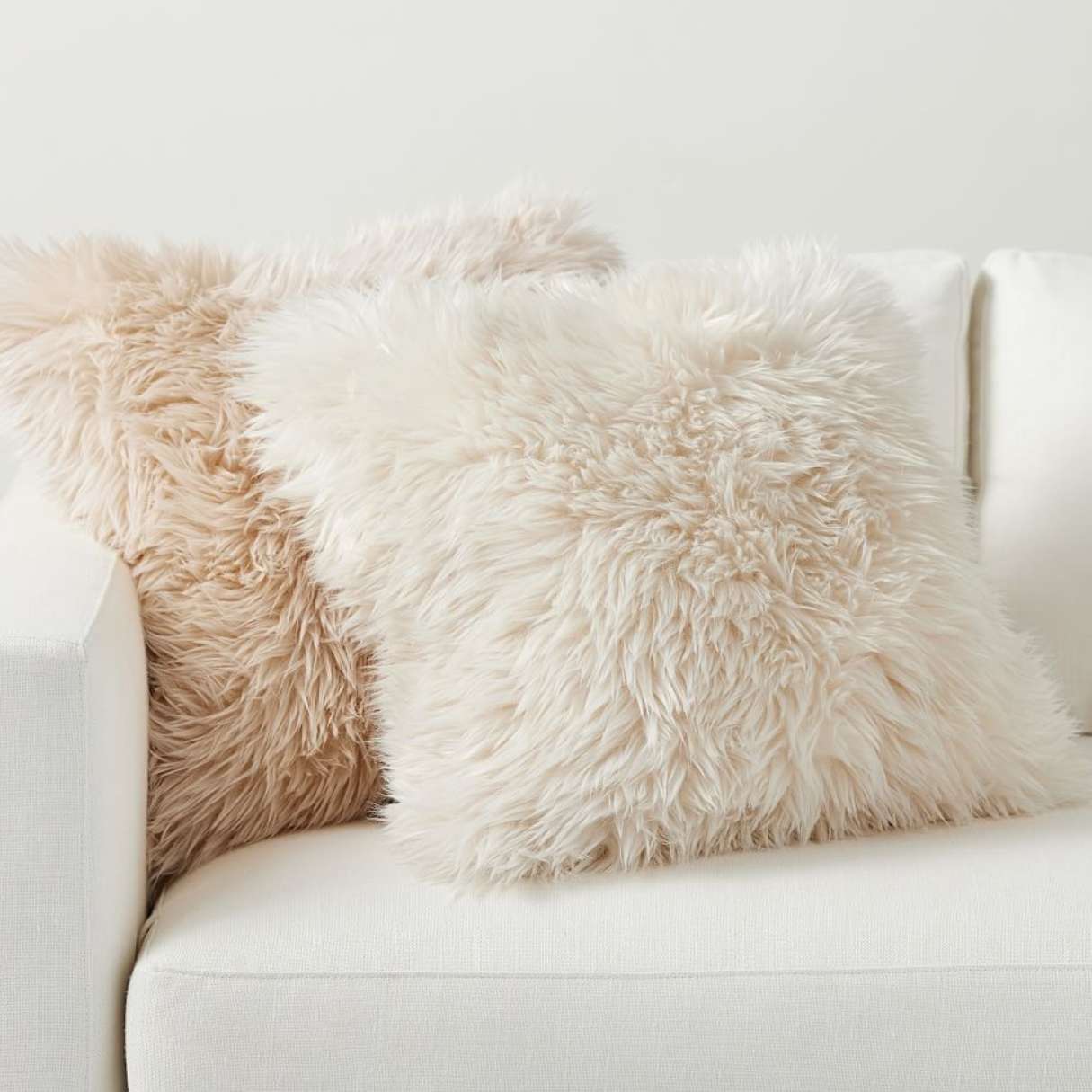
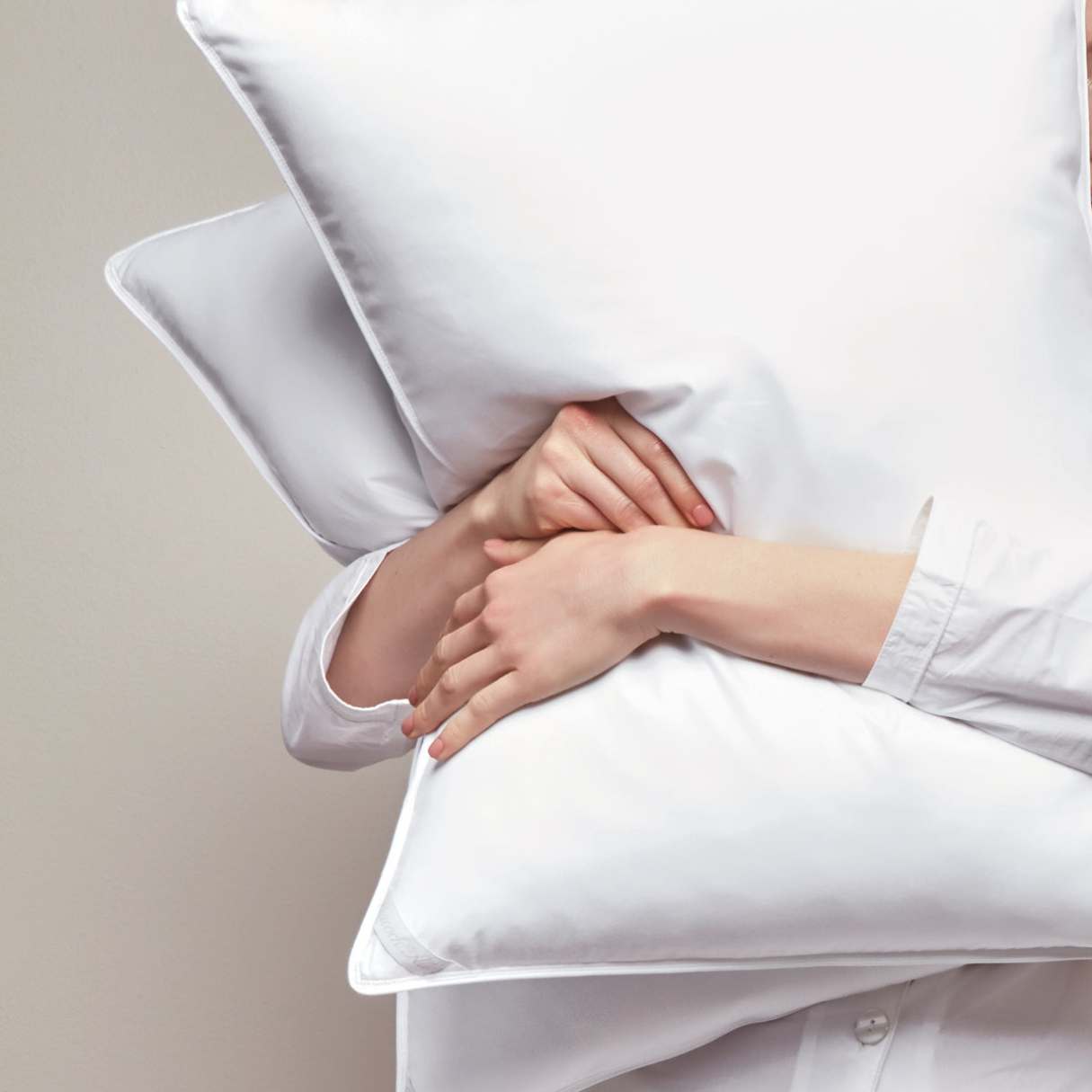
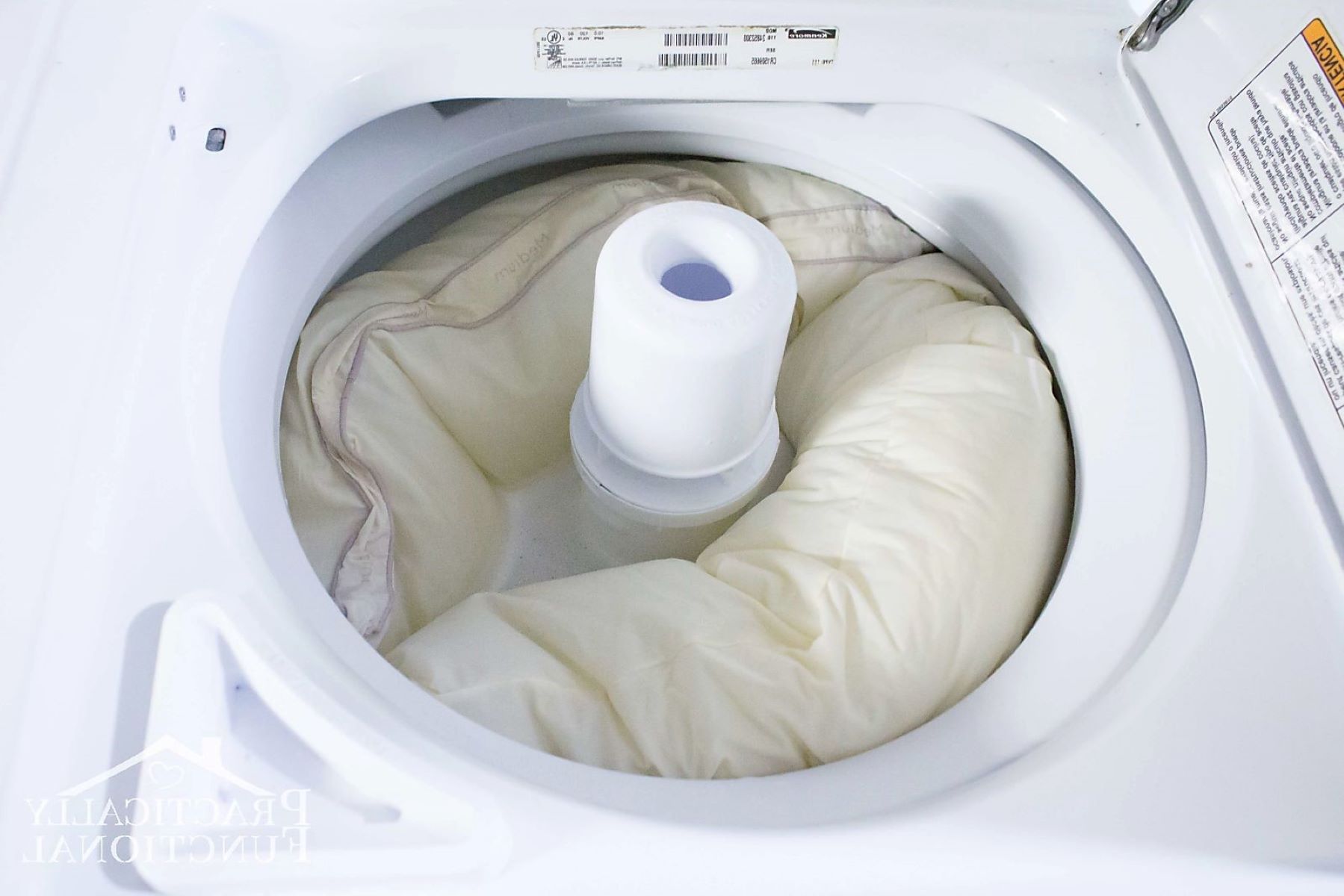
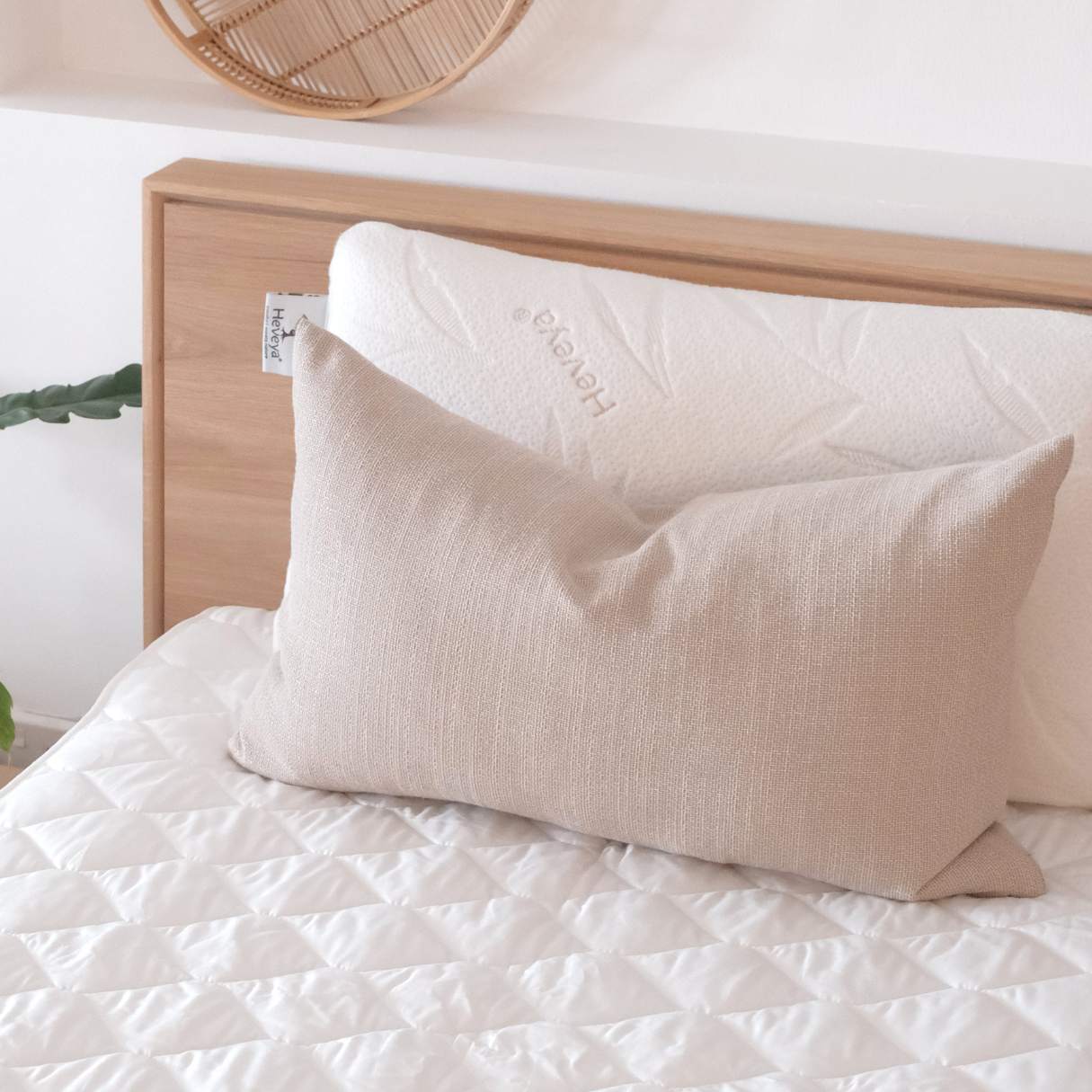

0 thoughts on “How To Clean Pillows Without Washing”